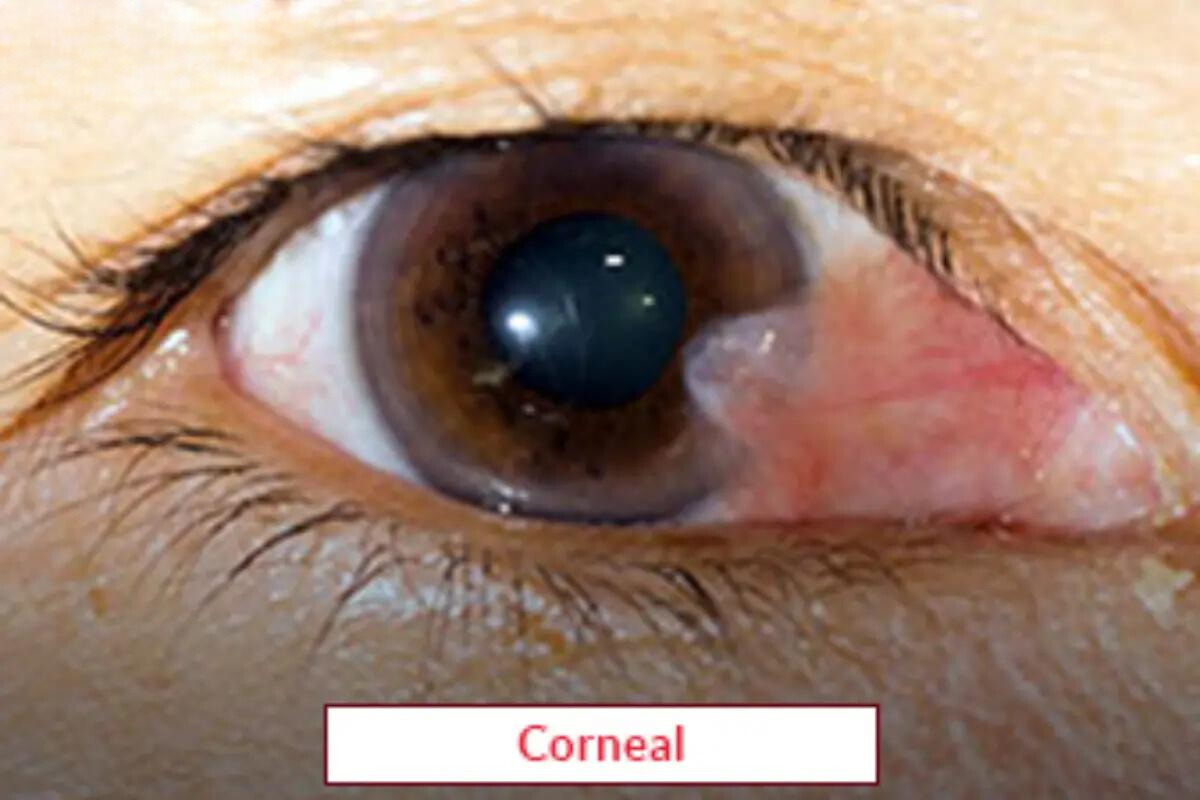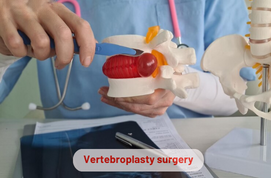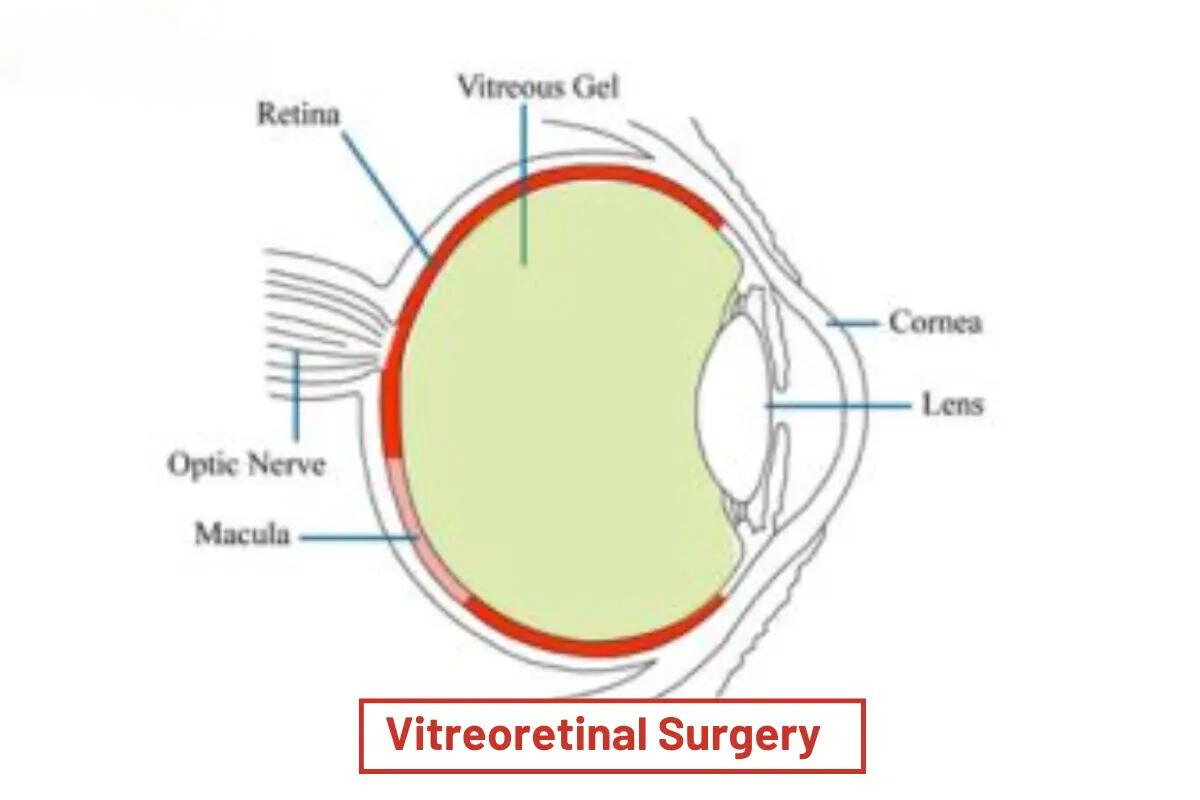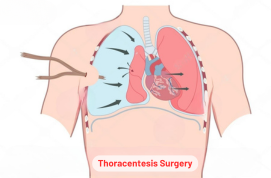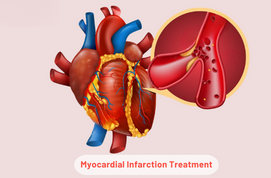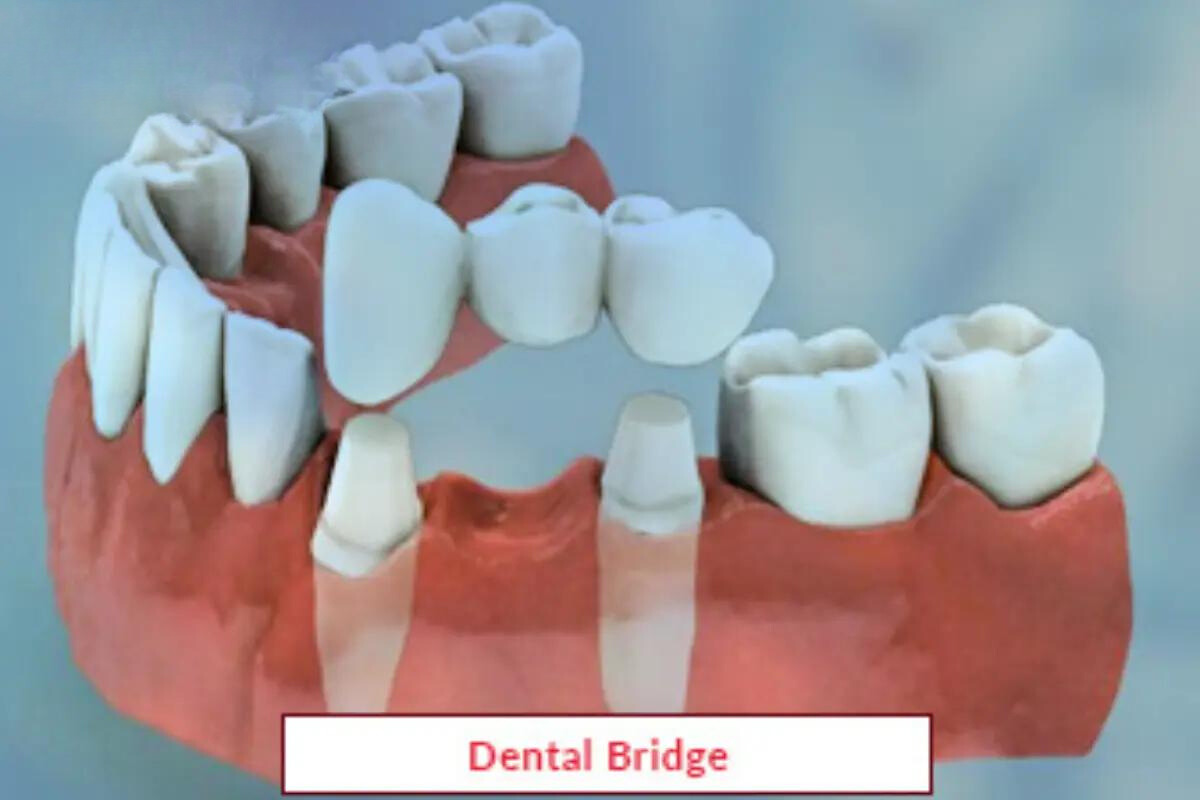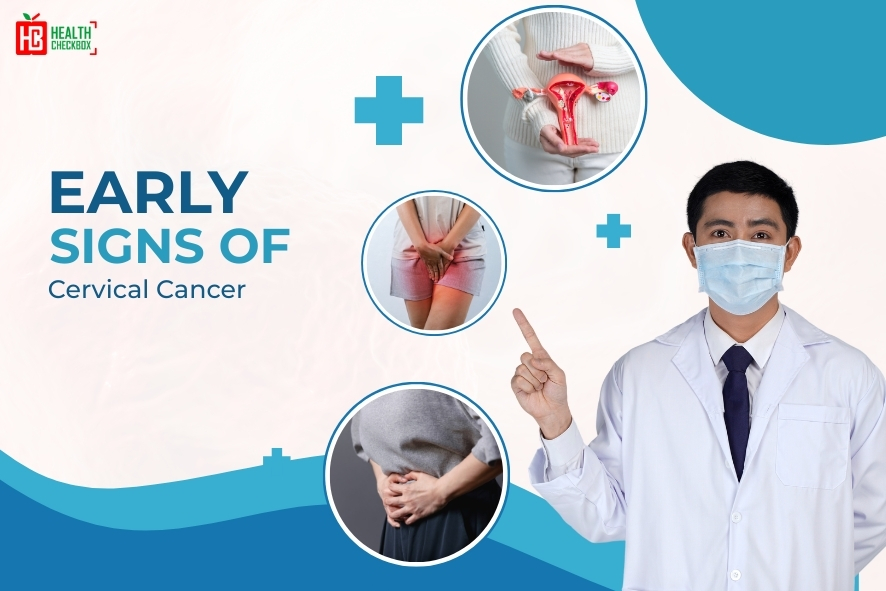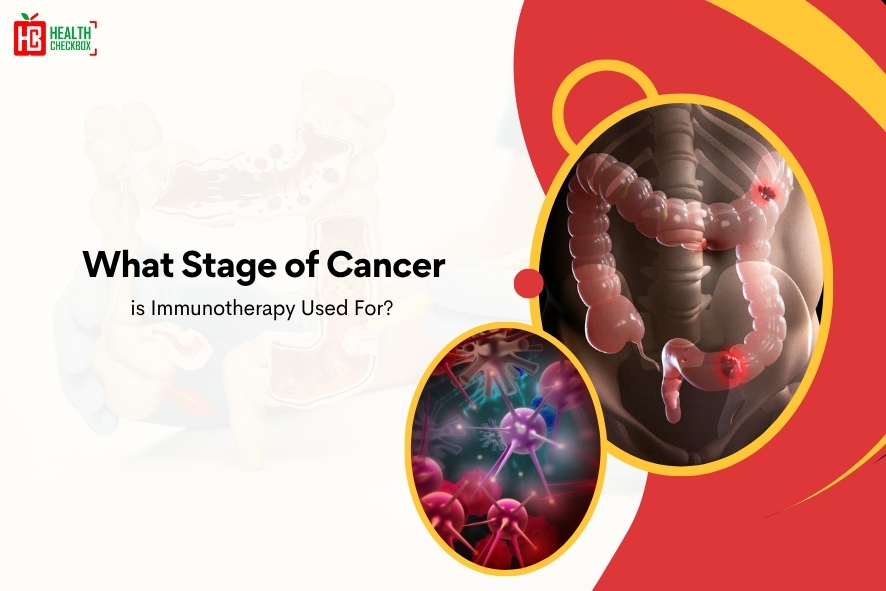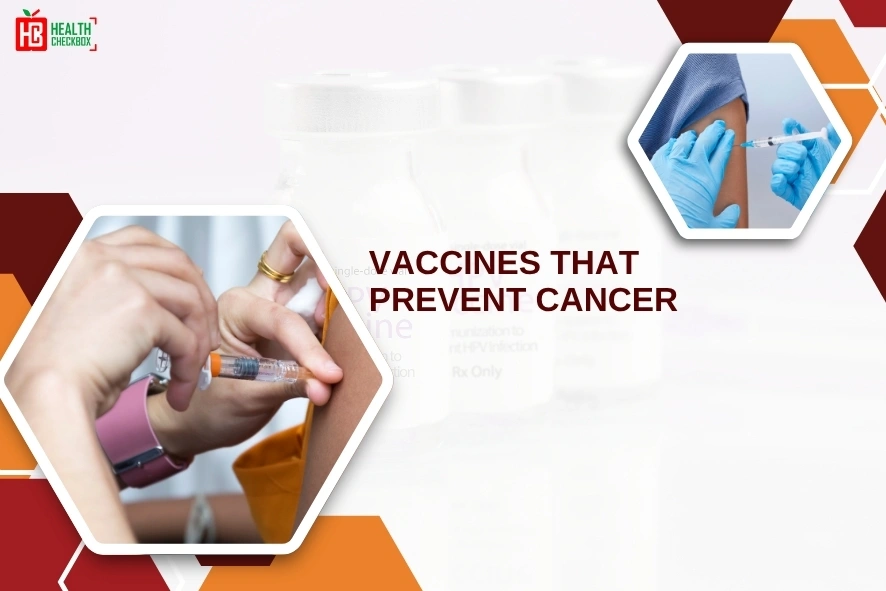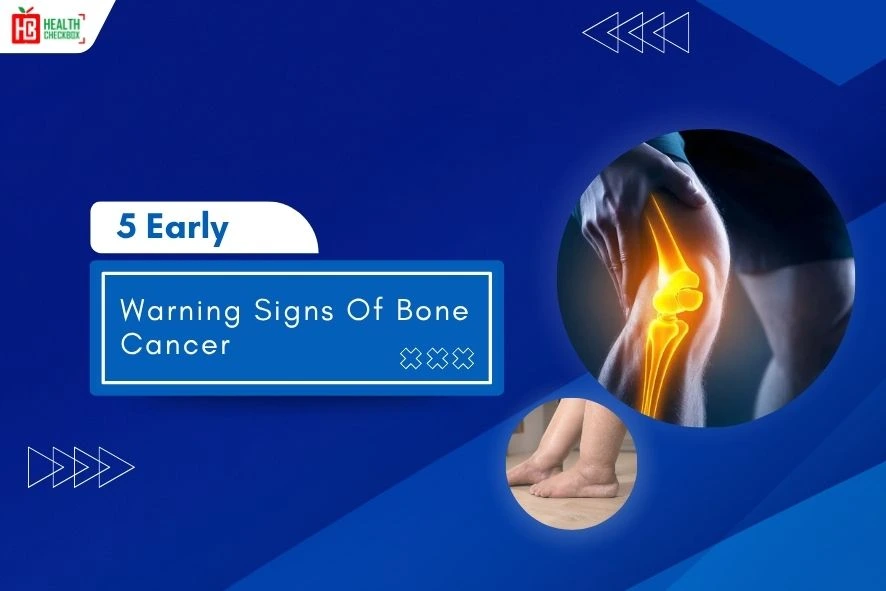Corneal disease is a critical condition that can affect people at any age. It occurs due to bacterial, viral or fungal infection in the cornea. This condition troubles them in reading books, driving vehicles, and performing other normal activities. It is a rare problem, that cannot be cured easily. The problem can be treated through a corneal transplantation. Cornea transplant surgery is a medical procedure in which an infected cornea is replaced from a healthy one.
This surgery requires some surgical tools and a special device for the operation. It is important because the damaged cornea can cause vision loss and becomes harmful for individuals. A corneal transplantation surgery can be performed by an ophthalmologist in the healthcare department. It is considered a safe and effective procedure for men and women. Its other name is Keratoplasty.
Types of Corneal Transplantation Surgery
This surgery is of three types. These are as follows:
- Endothelial Keratoplasty: Some people are suggested for this approach when their innermost layer of the cornea gets infected. It is mainly recommended for Fuchs’ dystrophy disease.
- Penetrating Keratoplasty: An ophthalmologist performs this surgery for the replacement of an entire damaged cornea with a healthy one. This treatment method is helpful for many individuals. It is also known as full-thickness cornea transplant surgery.
- Deep Anterior Lamellar Keratoplasty: It is recommended for those individuals whose middle and outer layers are affected from corneal infection. This method is often used for the treatment of keratoconus or superficial scarring conditions.
Benefits of Cornea Transplant Surgery
This surgery has several advantages. These are as follows:
- It aims to improve vision and minimizes eye pain in males and females.
- This method is minimally invasive, which does not require large incisions and provides faster recovery in them.
- It improves eyesight and enhances the quality of life in patients.
Risks and Complications
This surgery also leads to several complications like other treatment approaches. These include the following:
- Glaucoma
- Retinal detachment
- Swelling in cornea
- Vision problems or loss of vision
- Rejection of donor cornea
- Bleeding in eyes
- Refractive errors
- Cataracts
- Endophthalmitis
- Eye Inflammation
Procedure of Cornea Transplant Surgery
The procedure of cornea transplant is given below:
Before Procedure
The things that can happen before the surgery are as follows:
- An individual visits a hospital and fills an application form for the surgical procedure.
- A healthcare provider will review the medical history and discuss the symptoms associated with corneal problems.
- A physical exam will be conducted in the healthcare department. It is a first step for the diagnostic procedure.
- An ophthalmologist checks the size and shape of an eye. He or she will then perform an eye exam for the management of serious complications.
Some instructions must be followed by an individual before the surgical procedure. These are as follows:
- A person should not take blood-thinning medication drugs like aspirin, ibuprofen, etc. They can cause bleeding and become problematic for him or her.
- Some essential items like jewelry, utensils, etc, should not be brought into a healthcare department.
- It is important for an individual to fast for a few hours since he or she might suffer from nausea and vomiting during the surgical procedure.
During Procedure
The things that can be possible during the surgical procedure are as follows:
- A surgeon uses an eye drop or injection to numb the patient’s eye.
- Some special tools are used to make the small incisions at the side of a cornea.
- An infected cornea is removed through a trephine tool.
- After removing the damaged one, a surgeon inserts a healthy donor cornea into the eyes and applies some tiny stitches or sutures around its edges.
After Procedure
The following things should be expected after the surgical procedure:
- A patient must spend a short period in a hospital for proper recovery.
- The follow-up appointments must be scheduled for certain complications after the surgery.
- Some antibiotic drugs and eye drops will be given to an individual for the management of pain, swelling and infection. He or she can also wear a protective shield when going for a walk or enjoying outdoor activities with their friends.
- A person should not rub their eyes and avoid straining activities like reading, driving, etc. He or she might remove the stitches, if necessary.
What Conditions can be treated with this Procedure?
A healthcare provider recommends this surgery for the management of different medical issues. These are as follows:
- Fuchs Dystrophy
- Thinning or clouding in cornea
- Corneal swelling or scarring
- Bullous keratopathy
- Keratoconus
- Corneal ulcers or infection
This surgery is not applicable for patients when they suffer from melanoma, hepatitis B, etc. They must consult with a relevant doctor for the management of these health conditions.
Latest Health Tips
Can Immunotherapy Cure Stage 4 Lung Cancer?
Early Signs of Cervical Cancer
Foods that Kill Cancer: Leafy Vegetables, Grains, & More
What Stage of Cancer is Immunotherapy Used For?
Which is Worse for Cancer, Sugar or Alcohol?
Vaccines That Prevent Cancer
What Kills Cancer Cells in the Body Naturally?
5 Early Warning Signs of Bone Cancer
Submit Your Enquiry
Testimonials








